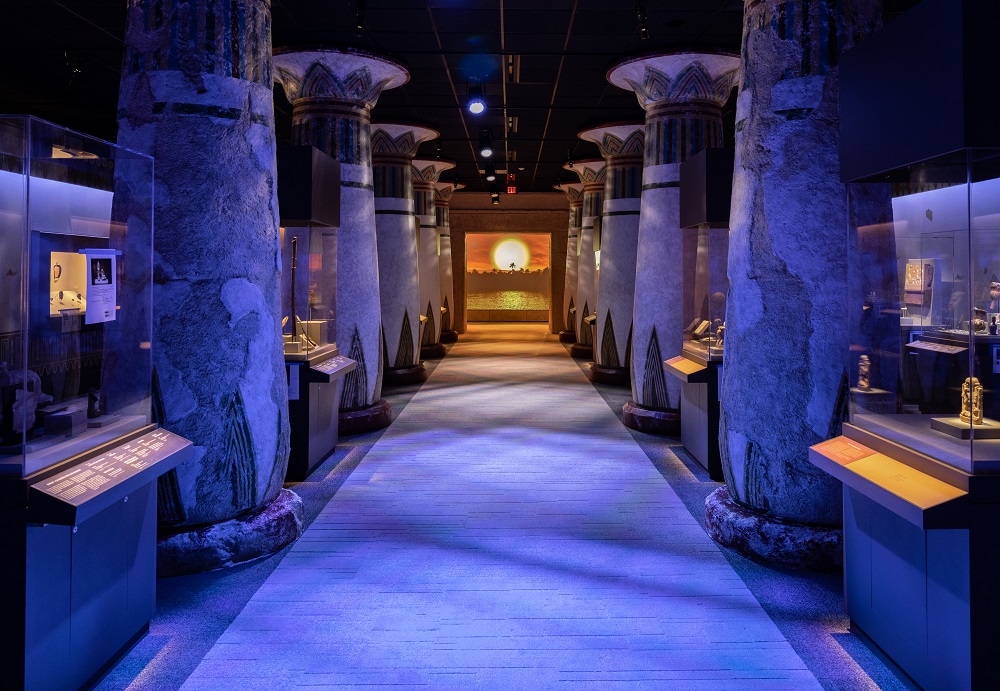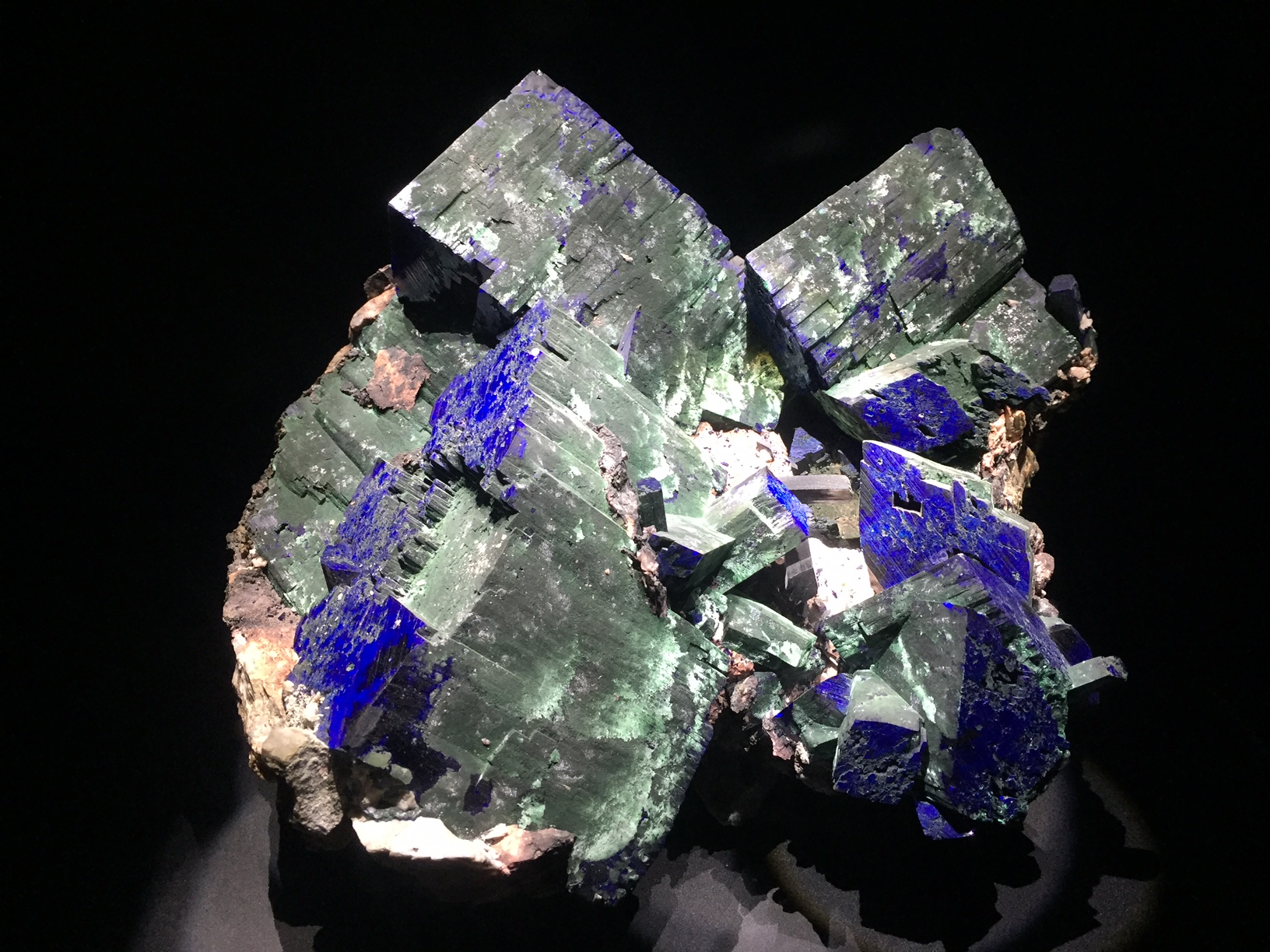Editor’s Note: Peter Lacovara, Senior Curator at Emory University’s Carlos Museum, has worked on numerous expeditions in Egypt and published several books on his work and experience, including The Pyramids and Sphinx, Tombs and Temples of Giza, and Excavating Egypt: Great Discoveries from the Petrie Museum of Egyptology. Other blogs in this series can be found here.
One of the most interesting monuments at Abydos is rarely seen. Situated behind the beautiful Temple of Seti I, the Osirion or Osireon has been the subject of much speculation as to its date and purpose. The vast temple is built 40 feet below ground level and is frequently flooded, but fortunately the water receded enough when I was here so that I could get into it with special permission.
 The Osirion at Abydos
The Osirion at Abydos
The temple is built of massive granite blocks, some weighing as much as 60 tons, and is unlike the other limestone and sandstone temples here. The style of the building evokes the design of the Valley Temple of Khafre at Giza and that has caused some scholars to suggest the temple dates back to the Old Kingdom, more than a thousand years before Seti’s temple.
The temple is carved with scenes of King Merneptah, Seti’s grandson, who also decorated a long entrance passage built to the west of the Osirion that was decorated with carved and painted scenes from the “Book of Gates,” as were the Ramesside tombs in Valley of the Kings. It may be that Merneptah attempted to finish a temple built by his grandfather or by his father, Ramesses II. It appears as though they were trying to evoke the antiquity of Osiris by building in an earlier style. The construction techniques used, though, are clearly not Old Kingdom, and this area of the site shows no evidence of being occupied at that period. Moreover, the cult of Osiris did not become widely popular until after the Old Kingdom.
By the New Kingdom, and even more so in the Late Period, Osiris was of supreme importance and thousands of statues were made of him to be offered at temples and sacred sites throughout Egypt.







